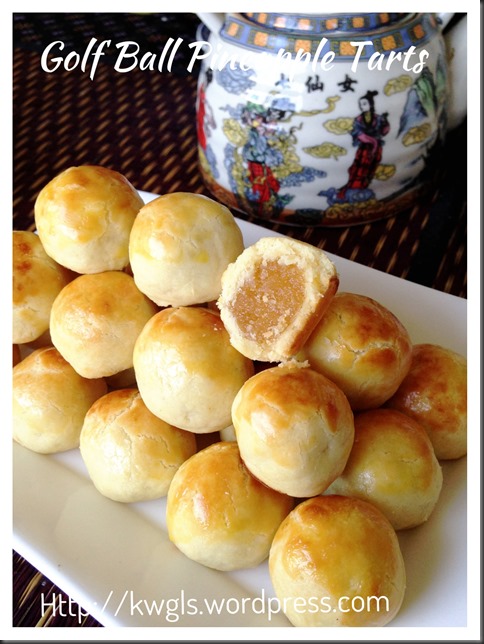INTRODUCTION
Firstly, I have to tell readers that the appearance of this mille crepe is not really what I have expected. The mille crepe cake should have more creams in between the layers but somehow for health conscious reasons, I have reduced the usage of cream and to make it “worst”(?), I have substituted part of the cream with strawberry non fat yogurt. As yogurt is not cream, it is harder to even the layers, the yoghurt in between the layers can leak out making the crepe cake to slide and with thinner layers. However, if you like fresh cream, go ahead to use it and you will be able to get a nicer mille crepe cake…
Though less creamy, the taste of course will not be compromised and the mille crepe cake was full of strawberry fragrance. The crepes were made from strawberry milk; in between the crepes there were strawberry yogurt and fresh slices of strawberries, the sauces used was ready made strawberries sauces. In addition, it was served with additional fresh strawberries.
Both mille and crepe are in fact French words. “Mille” basically means million and “crepe” is a type of thin pancakes originated from France. As usual, lets learn something about this cake from Wikipedia:
“A crêpe or crepe is a type of very thin pancake, usually made from wheat flour (crêpes de Froment) or buckwheat flour (galettes). The word is of French origin, deriving from the Latin crispa, meaning “curled”. While crêpes are often associated with Brittany, a region in the northwest of France, their consumption is widespread in France, Belgium and Quebec. Crêpes are served with a variety of fillings, from the most simple with only sugar to flambéed crêpes Suzette or elaborate savoury galettes.
Mille crêpe is a French cake made of many crêpe layers. The word mille means “a thousand”, implying the many layers of crêpe. “ (Source: http://en.wikipedia.org/wiki/Cr%C3%AApe)
I have decided to make this mille crepe after I read another daddy blogger in Malaysia who make a mille crepe for his family. In my Google Plus timeline, I have written:
“There are not many daddy who cooks. This daddy prepared some fabulous crepe cake and I think I will be the copy cat. Thanks +Tan Kuan Yoon for sharing”
Inspired by this daddy, I have prepared my mille crepe cake yesterday. However, I have modified from a recipe from another Japanese blogger who lived in New York since when I Google mille crepe cake, his recipe tops the others. His post is very detail and offers a lot of tips and advises on the preparation of crepes including caramelizing the top layer of mille crepe cake that is popular in New York. However, this was not cover in my post here.
My intention of the post is to prepare a STRAWBERRY MILLE CREPE CAKE. Therefore, most of the cake decorations and ingredients will have strawberries in it. But readers should be aware that mille crepe cake can easily be tailored to suit your family’s taste buds. The fillings can have full flexibility. If you like peanut butter, you can use it. You can even have chocolate cream or pandanus coconut jam (“kaya”) to replace cream in between the crepes.
WHAT IS REQUIRED
Recipe Adapted From: Marc Masumoto’s Mille Crepe Cake (Make about 20 six inches diameter crepes)
For crêpes
-
80 grams of unsalted butter, melted, cooled and set aside
-
150 grams of plain flour
-
250 grams of strawberry milk
-
80 grams of honey or maple syrup
-
250 grams of eggs
-
1/4 teaspoon of salt
For Creams
-
150 gram of strawberry yogurt (optional)
-
10 large strawberries cut in slices (optional)
-
1 cup of whipping cream (whipped and set aside)
STEPS OF PREPARATION
Preparing the crepes
-
In a machine mixing bowl, put melted butters and eggs together. Use the machine whisk to whisk the eggs and butter until the eggs and butter start to emulsify. Sifted in the flours, strawberry milk and honey (or maple syrup) and use the whisk to whisk until well mixed. You can also use manual whisking if you prefer.
-
Chilled in the refrigerator for at least 1-2 hours. If you do not have the time to chill, put it in the freezer for at least 30 minutes. Some recipes will call for overnight chilling. However, I personally found that there is no such a need. The chilling is to make the batter slightly harder (stickier) so that when you put in your frying pan, it is easier to shape it evenly.
-
After chilling, take the batter out from the refrigerator.
-
Heat a 6” non stick frying pan using medium heat. Pour 1/8 cups of the batter into the pan. Try to spread it as even as possible by taking up the pan and swirling it one or two times. Cook for 1-2 minutes or until the bottom of the batter is not runny.
-
You should be able to tell if the crepe is ready when you sight the edges start to curl up. Use a spoon to lift up the edge and take the crepe out quickly and put the other side back to the pan, Cooked for about 30 seconds – 1 minute. Continue to do the same for the rest of the batters. (I have managed to make 20 crepes from this recipe). Let the crepe cool and set aside.
Preparing the cream and assembly of the cake,
-
Beat the cream until firm peak. Fold in strawberries yoghurt and ensure that it is well mixed. If the cream is too watery, put the cream in the refrigerator for about 10-15 minutes before proceed to assemble the cake.
-
In a serving plate, place a piece of crepe. Put 1-2 tablespoon of strawberry yoghurt cream, spread as evenly possible. Put in a few slices of sliced strawberry. Place another new piece of crepe on top. Repeat the same procedures until all the crepes are used up.
-
Chilled in the refrigerator for about half an hour before serving or cutting. This is because the cream may melt in Singapore hot environment and some chilling will help to keep the cake in shape.
Notes
Note that you will not need to put slice strawberries for all the levels, otherwise, your mille crepe cake will be very high and difficult to balance. You can consider to have strawberries in say crepe 1, crepe 3, crepe 6, crepe 9…. In between the crepes, just fill in with the cream.
-
Top with additional strawberries, strawberries sauces or whipped cream if desired.
CONCLUSION
This mille crepe cake is not that difficult to prepare. This is a strawberry version that I have created. Similarly, readers can always create your very own version. How about chocolate mille crepe cake prepared using chocolate milk and with Ferraro Rocher chocolates bits? Or durian mille crepe cake with fresh durian flesh in between the crepes? The possibilities are endless and you should try to explore and come out with one unique mille crepe cake that will definitely impress your guest.
Hope you like the post today. Cheers and have a nice day.


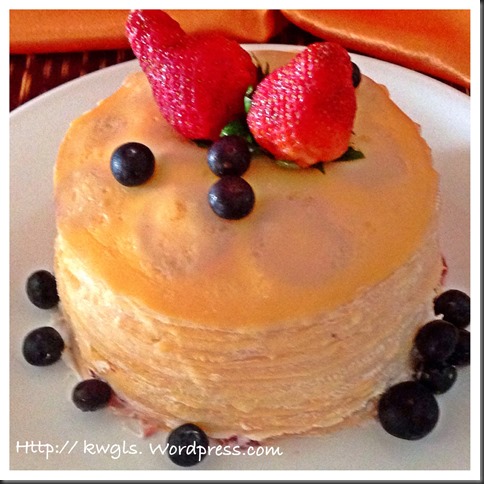










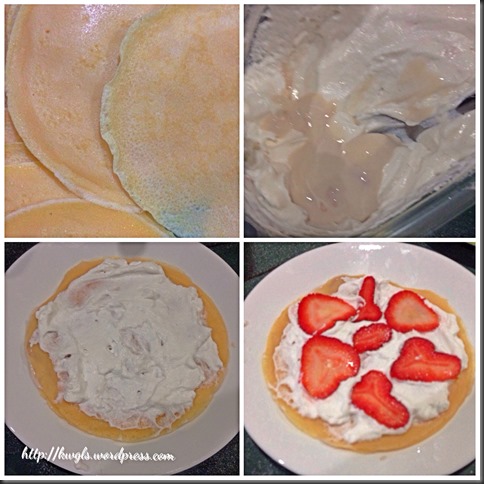




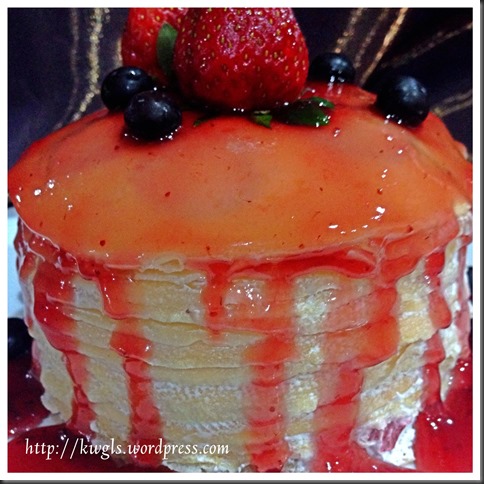







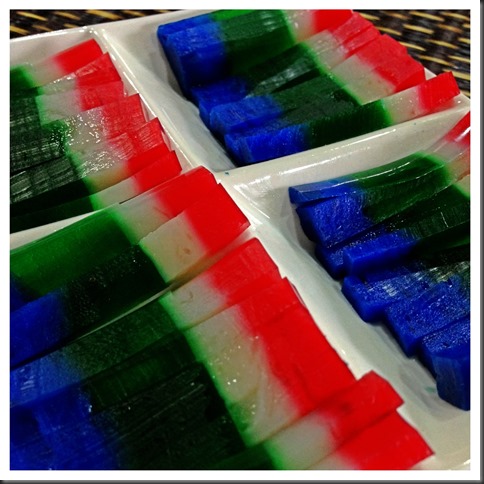


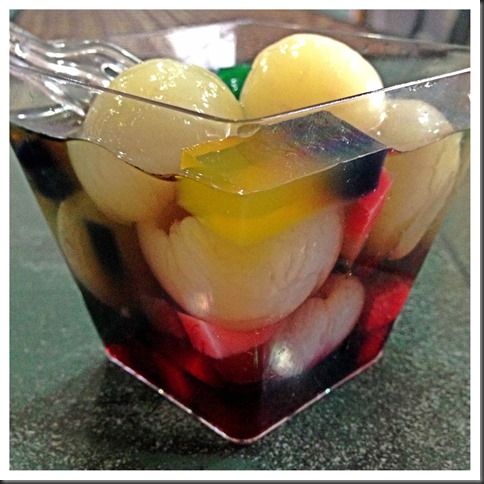







































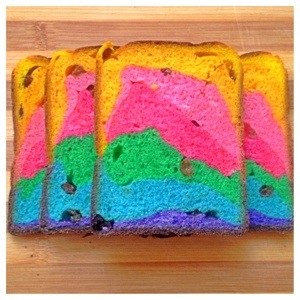





 Source :
Source :  Source:
Source: 





















